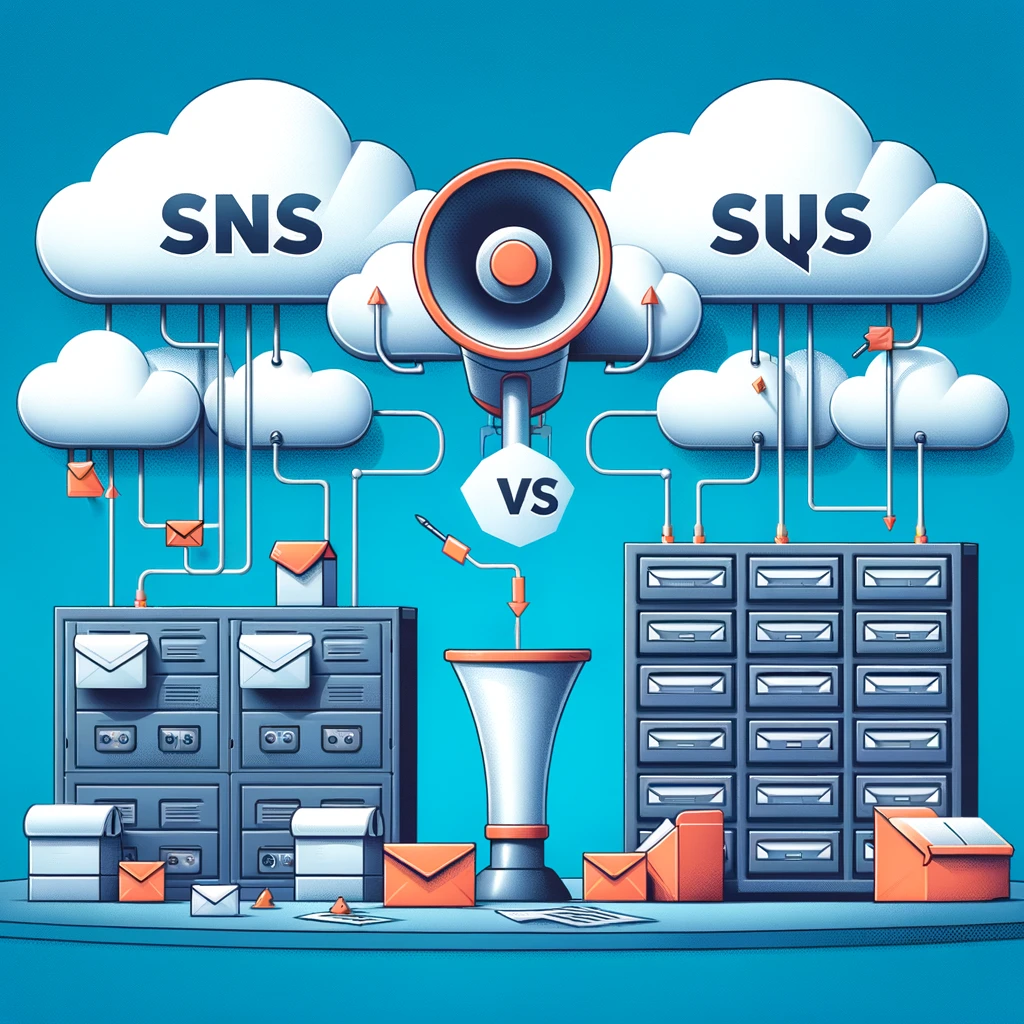
In the digital age, where the speed of accessing information can be the difference between success and failure, technologies like caching and Content Delivery Networks (CDNs) play pivotal roles. Both are designed to improve the efficiency of content delivery on the web, yet they operate on different principles and scales. Let’s delve into these concepts, drawing parallels to everyday scenarios to simplify their understanding.
What is Caching?
Imagine you’re a librarian in a bustling library. Every day, numerous readers request popular books like “Think and Grow Rich” or “The Intelligent Investor.” Initially, you retrieve these books from the main shelves, which is time-consuming. Soon, you notice a pattern: the same books are frequently requested. To streamline the process, you create a special section near the entrance for these books. Now, when someone requests them, you quickly hand over a copy from this special section, saving time and effort. This special section is akin to a cache, storing frequently accessed items for quick retrieval.
In technical terms, caching is a method used to temporarily store copies of frequently accessed data, such as web pages, images, or database query results. When a user requests cached content, the server retrieves it from the cache instead of generating it anew, significantly reducing response times and improving performance.
Implementing a Cache System
When implementing a cache system, several considerations are crucial:
- Decide When to Use a Cache: Ideal for frequently read but infrequently modified data.
- Set an Expiration Policy: To ensure data freshness by removing outdated information.
- Maintain Synchronization: Between data stores and cache to avoid inconsistencies.
- Mitigate Failures: By using multiple cache servers and over-provisioning memory.
- Implement an Eviction Policy: To manage what happens when the cache is full.
Real-world applications of caching are vast, from social media platforms where profile pictures and posts are cached for quick access, to e-commerce websites where product images and descriptions are stored for rapid retrieval.
What is a Content Delivery Network (CDN)?
Now, envision a CDN as a global network of book delivery trucks. Instead of storing all books in one central library, you have local branches worldwide, each with copies of the most popular books. When someone requests a book, they’re directed to the nearest branch for quick pick-up. This reduces travel time (data transfer time) and ensures fast access to favorite books.
Technically, a CDN is a network of servers distributed across various locations globally, designed to deliver web content, such as images, videos, scripts, and stylesheets, more efficiently by reducing the physical distance between the server and the user.
How CDNs Work
The process involves:
- A user requests content (e.g., an image) from a CDN.
- If the content is not in the CDN’s cache, it fetches it from the origin source.
- The content is then cached in the CDN for future requests until its Time-to-Live (TTL) expires.
- Subsequent requests for the same content are served directly from the CDN’s cache, significantly reducing delivery time.
CDNs are particularly beneficial for video streaming services, gaming content distribution, and global news websites, where they ensure fast and reliable access to content worldwide.
Caching vs. CDNs: Understanding the Differences
While both caching and CDNs aim to enhance website performance by reducing latency and speeding up content delivery, they differ in scope, implementation, and geographic coverage.
- Scope and Implementation: Caching can be implemented within a web application or server using caching rules and directives, focusing on storing web content on a user’s local device or server. CDNs, however, require a separate infrastructure and configuration, operating as a network of servers located in different geographic locations around the world.
- Geographic Coverage: CDNs are designed to deliver web content to users across the globe, while caching typically improves performance for individual users or within a local network.
- Performance Benefits: CDNs provide faster and more reliable content delivery by caching content in multiple locations. Caching improves performance by reducing the number of requests to the origin server and delivering content faster from a local cache.
- Cost: Implementing and maintaining CDNs can be more expensive due to the need for a separate infrastructure and ongoing costs for network maintenance. Caching, on the other hand, can be implemented using existing infrastructure and server resources, potentially reducing costs.
Real-World Applications
- Social Media Platforms: Platforms like Facebook use caching to instantly display profile pictures, trending posts, and recently liked content, enhancing user experience.
- E-commerce Websites: Websites like Amazon cache product images, descriptions, and pricing information to rapidly display search results and product pages, crucial during peak seasons.
- Content Management Systems (CMS): Many CMS platforms integrate caching plugins to cache frequently accessed pages, reducing server load and improving page loading times.
- Video Streaming Services: Services like Netflix use CDNs to cache popular content on edge servers closer to users, reducing data transfer time and ensuring smooth playback.
- Gaming Content Distribution: Platforms like Steam and Epic Games leverage CDNs to cache game files, updates, and multiplayer assets on edge servers close to gaming communities, decreasing download times.
- Global News Websites: Organizations like BBC News and The New York Times use CDNs to cache articles, videos, and images on servers across different continents, enabling quick delivery of real-time updates worldwide.
Combining Caching and CDNs
In many scenarios, employing both caching and CDNs together yields optimal results, especially for dynamic websites and applications where a mix of static and dynamic content delivery is essential. This combined approach ensures faster loading times, reduced server load, and improved global reach, enhancing the overall user experience.
Wrapping Up
As such, both caching and CDNs become very important in the modern web ecosystem, in that they are both unique in enhancing website performance and user experience. Understanding their roles, similarities, and differences will enable the developers and content providers to give sound advice on how best they can be deployed to adequately serve their respective needs. Whether the buzz of a news website with millions of hits or an e-commerce store visited by many people, caching at a strategic point and CDNs do a great deal to ensure content delivers well and remains a seamless experience for users across the world. Such a study of caching and CDNs points to how central they are in the digital landscape. Based on real-world analogies and yet with the focus on practical use, we sought to demystify these complex technologies and reach out to them for people from the broader public. Caching and the content distribution network will continue to play a pivotal role as we move on the dynamic web and try to provide the world’s users with fast, efficient, and reliable means of content delivery.










